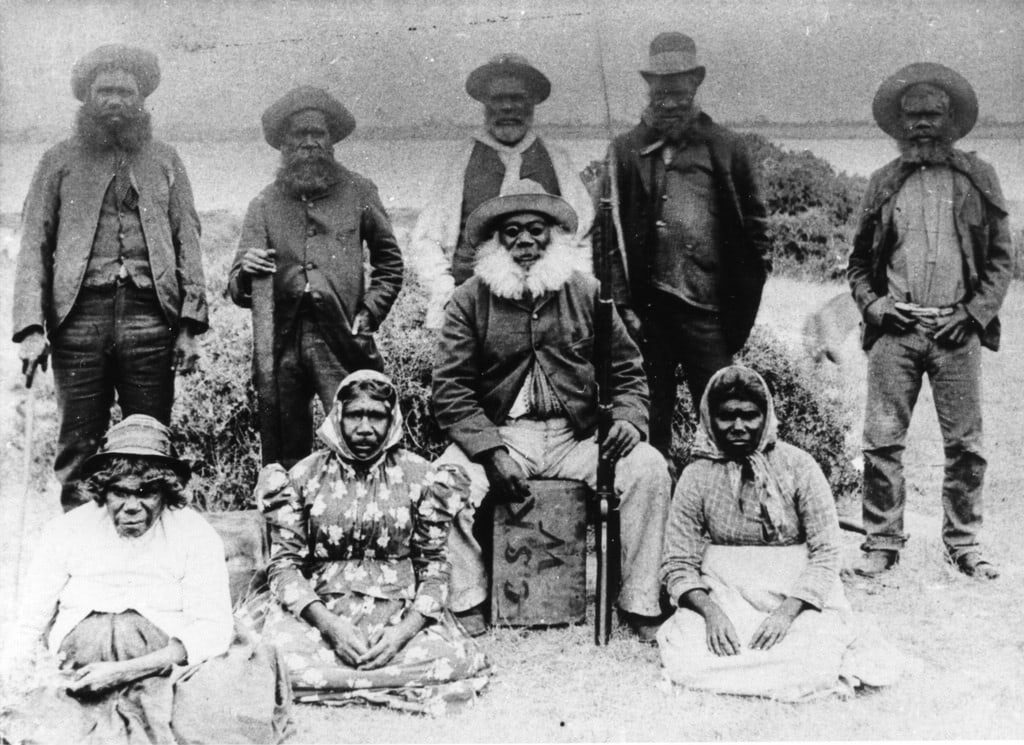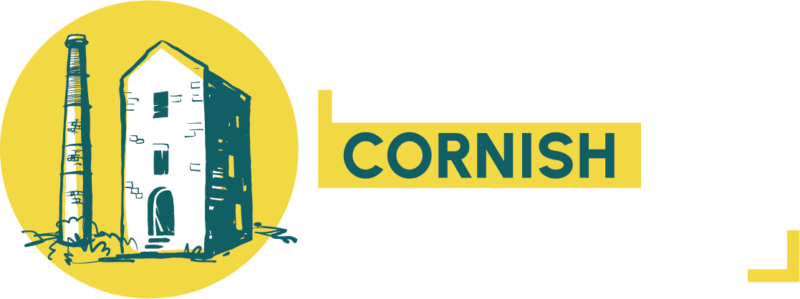Traditional Owners
Australian Cornish Mining Sites: Burra and Moonta is located on the traditional lands of the Ngadjuri and Narungga peoples, respectively, who occupied these lands for thousands of years prior to European settlement and dispossession from the nineteenth century. Burra and Moonta figure in their oral traditions and in European contemporary written records and illustrations, while their culture is tangibly expressed in the wider landscape.
The nominated property comprises two separate component parts located in the mid-north of the state of South Australia. The property marks the first major transfer, in the 1840s, of Cornish mining technology, and Welsh smelting technology, to the other side of the globe and is illustrative of the formative changes that the Cornish system made to deep mining practices around the world. Moreover, it represents the world's foremost example where transferred Cornish mining technology, skills and culture are demonstrated to the highest degree in a surviving coherent cultural landscape.
All this took place, however, on the traditional lands of the Ngadjuri people around Burra and the Narungga people on the Yorke Peninsula. Their ancestral movement patterns and way of life were irrevocably changed. Further dispossession of land, together with the radical alteration of vegetation and waterways which also lessened the supply of wild animals that they had hitherto depended on for subsistence, curtailed traditional ways of seasonal travel through Country. Forced adaptation to a new and broadly more static way of life - on sheep stations, wheat farms and missions, and in and around the mining centres themselves, served to preserve some semblance of community. Today, there are continuing connections to the region, and distinct beliefs, cultural practices, and languages are actively sustained.
Ngadjuri Story
Burra State Heritage Area is located in the Burra Hills of the Mount Lofty Ranges, traditional lands of the Ngadjuri people. Their culture is expressed through dance, songs, paintings, and sand drawings, as well as engravings and etchings in stone which are visible in the surrounding landscape. According to creation stories, the bronze winged pigeon flew from the north into Burra, leaving behind his droppings, which over time became copper ore. Stories like this provide guidance to the Ngadjuri people about how to navigate and survive on the land, about Ngadjuri spiritual life, and about how to live according to Ngadjuri lore.
(Source: ACMS: Burra and Moonta Outstanding Universal Value Statement - Contribution by Ngadjuri Nation Aboriginal Corporation 2024)
Narungga Story
Moonta Mines State Heritage Area is located on the relatively level plains of the Yorke Peninsula (Guuranda), traditional lands of the Narungga people (Nharangga Dhura) who occupied the Yorke Peninsula (Guuranda) and beyond. Narungga people (Nharangga dhura) have lived in harmony with this land (yarda) since Creation (Gunggaradji). Narungga (Nharangga) believe that the actions of Ancestral Beings created the features and characteristics of the landscape we see today. The exploits of these Beings and the laws which originated as a result of their actions are reiterated through Creation (Gunggaradji) Stories. Celebrations, known as corroborees (gurribunggudja), relive these stories through song, drama, dance and poetry and reinforce people's ancient connection to their land (yarda). It is often spoken, that the green firelight of a Narungga (Nharangga) campfire (gardla), typical of a gurri (gurribunggudja), first alerted Hughes' to the presence of copper.
(Source: ACMS: Burra and Moonta Outstanding Universal Value Statement - Contribution by Nharangga Aboriginal Progress Association and Narungga Nation Aboriginal Corporation 2024)

"It was Elders who made decisions in the best interests of the community and avoiding earning their disapproval helped to maintain order in the community. King Tommy (seated, centre) is pictured here with other Elders at Stansbury prior to 1887."
(Image source: 'Nharangga: The story of us', written by the Narungga Aboriginal Progress Association Inc. 2022)
First Nations and the Australian Cornish Mining Sites: Burra and Moonta World Heritage Bid
The Australian Cornish Mining Sites: Burra and Moonta Consortium has committed to developing meaningful and sustained relationships with the Ngadjuri Nation Aboriginal Corporation, the Narungga Nation Aboriginal Corporation Board and the Nharangga Aboriginal Progress Association throughout the World Heritage Bid process and well into the future. This bid will provide opportunities for Ngadjuri and Narungga communities to tell their stories which have not been told previously, to participate in decision making that affect their land, culture and heritage and to work together with the Consortium to create future opportunities for business, employment and tourism development.
On the 7th of April 2024, the Ngadjuri Nation Aboriginal Corporation at their April Board Meeting held on Country at Paxton Cottages Function Centre, Burra, endorsed the Australian Cornish Mining Sites: Burra and Moonta tentative list submission for World heritage.
On the 22 April 2024, the Narungga Nation Aboriginal Corporation Board met on Country at the Maitland Information Centre and endorsed the Australian Cornish Mining Sites: Burra and Moonta tentative list submission for World heritage.
